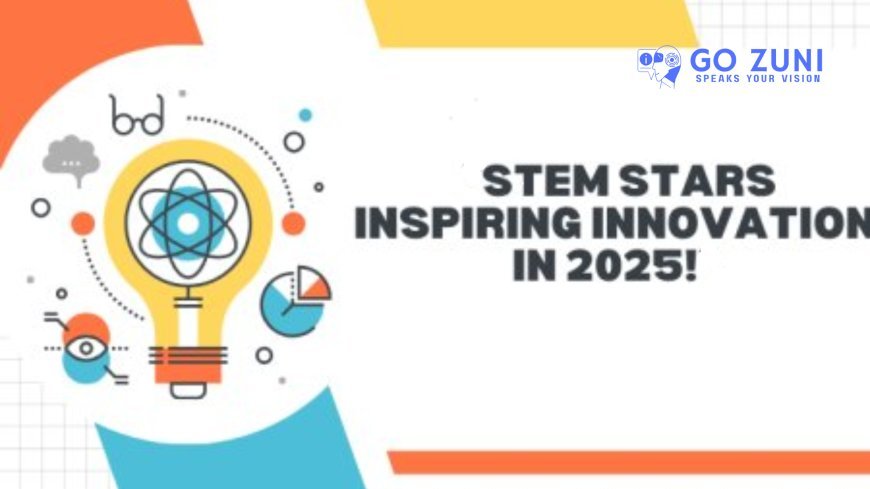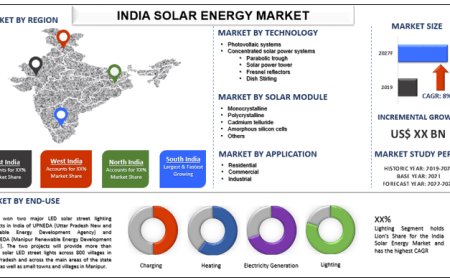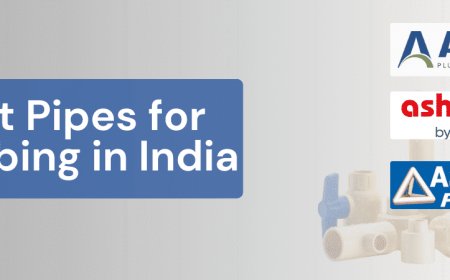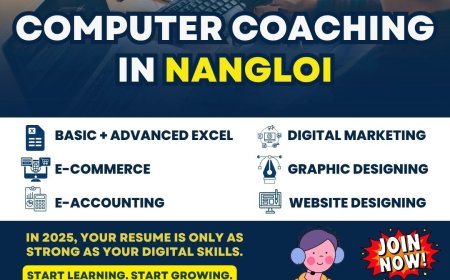How to Integrate STEM Education into the Classroom Without Extra Budget
Discover practical, budget-friendly ways to integrate STEM education into your classroom while promoting critical thinking, creativity, and real-life problem solving.

Teaching STEM Without Breaking the Bank? Yes, Its Possible
Lets be honestwhen we hear STEM education, most of us instantly picture expensive robotics kits, 3D printers, or flashy virtual labs. And sure, those tools are incredible. But heres the truth: you dont need a big budget to spark big innovation in your classroom.
When I first started working with schools as part of an IT outreach program, I met educators who were passionate about STEM but strapped for resources. What surprised me was how they turned everyday materials into powerful learning toolsteaching everything from coding logic to physics principles using little more than paper, pencils, and curiosity.
If youre a teacher, especially in a public school or rural area, and youre wondering how to bring education STEM into your classroom without burning through your budget, Ive got you covered. Lets explore simple, effective strategies to get your students excited about critical thinking, innovationeducation, and solving real-life problemsno extra funding required.
1. Start with What You Already Teach
The best place to start is with your existing curriculum. STEM isnt a separate subjectits a mindset. Take a typical science or math lesson and tweak it slightly to include more hands-on exploration.
Example:
If youre teaching geometry, challenge students to design a mini bridge out of paper and straws. Have them measure angles and calculate weight distribution. Suddenly, theyre using engineering principles in real time. No new materials. No new textbook. Just a new perspective.
You dont have to overhaul your syllabusyou just have to ask, How can I turn this into a challenge or a problem-solving activity?
2. Use Real-Life Problems as Lessons
One of the most powerful parts of STEM education is its relevance to the real world. Instead of using textbook examples, have students tackle actual issues they see around them.
Try this:
Ask your students: Whats something in our school or community youd like to improve? Maybe its a traffic bottleneck near the school gate, or food waste in the cafeteria. Break the problem down and have students brainstorm, research, prototype, and present solutions.
This approach naturally incorporates critical thinking, collaboration, and communicationall cornerstones of quality education STEM programs.
3. Tap into Free Online Tools and Communities
Theres a treasure trove of free STEM resources online, many designed specifically for teachers with tight budgets. You dont have to be a tech genius or have a lab coat to use them.
A few of my personal favorites:
Scratch (by MIT): A drag-and-drop coding platform perfect for beginners.
PhET Interactive Simulations: Free science and math simulations developed by the University of Colorado.
NASAs STEM Engagement site: Offers lesson plans, activities, and even live chats with engineers and astronauts.
These tools encourage innovationeducation without requiring expensive gearand theyre built to be classroom-friendly.
4. Encourage Peer Learning and Maker Mindsets
One teacher I worked with in Gujarat started a weekly STEM Circle where students took turns teaching mini-projects to the class. One week it was how to build a working windmill model using cardboard; another week it was DIY water filtration systems.
The genius here? Students were leading the learning, and the teacher was more of a guide. It didnt cost a dime, but it built leadership, creativity, and a strong sense of ownership.
You dont need a makerspace to create a maker mindset. You just need to give students the freedom to tinker, fail, and try again.
5. Collaborate with Local Communities and Professionals
If youre in or near an urban center, reach out to local universities, startups, or IT companies. Many offer guest lectures, mentorship programs, or even used equipment donations for schools.
Ive personally seen software engineers volunteer to run coding bootcamps in underserved schools. Not only do students benefit, but professionals love giving backand your classroom becomes a bridge between learning and the real world.
If face-to-face isnt an option, you can even set up a video call or virtual Q&A. Its an easy way to connect students with real professionals solving real-life problems through technology and innovation.
Final Thoughts: Its Not About the ToolsIts About the Mindset
You dont need shiny gadgets or massive grants to integrate STEM education into your classroom. What you do need is curiosity, creativity, and the courage to try something new.
Start small. Use what you have. Let your students lead. And remember: its not about teaching them to memorize formulasits about teaching them to think critically, innovate, and solve problems that actually matter.







































